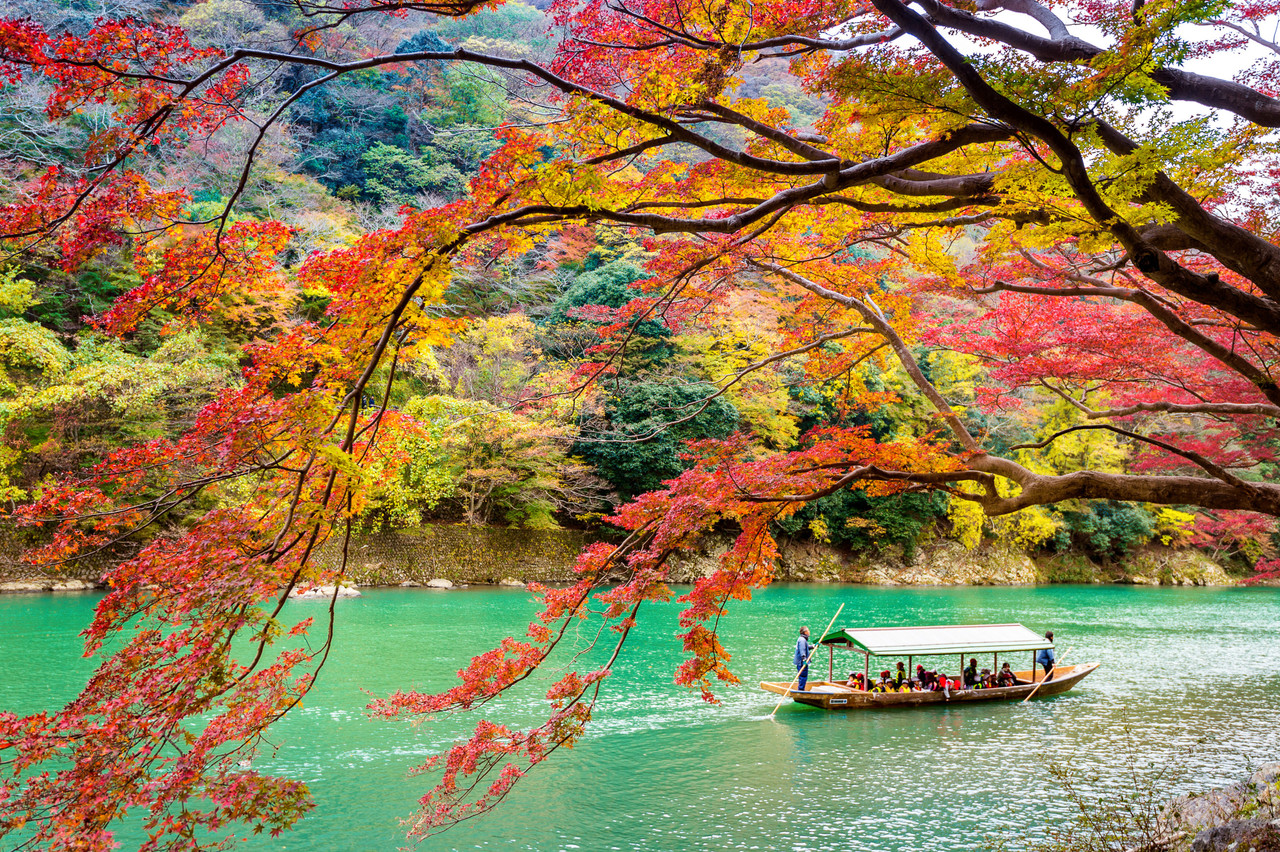The natur musée’s Spirit of Shizen--Japan’s nature through its 72 seasons expo will feature art and photography from international artists that showcase the ever-evolving passing of time in nature on the Japanese archipelago. The exhibition--a “homemade” and unique concept--was conceptualised and put together at the natur musée and is the brainchild of palaeontologist Robert Weis.
An exhibition rooted in passion
Weis has been working at the musée national d’histoire naturelle for twenty years. When he isn’t busy managing the fossil collection of the museum or working on exhibitions connected to palaeontology and geological sciences, Weis studies Japanese culture. It is a passion that runs deep. “Since my teenage years I was interested in Japanese traditional culture--the garden culture, the bonsai-- I was very fascinated by these tiny trees and the aesthetics of the gardens,” he says.
The exhibition was born from this interest in Japanese nature. Aided by an independent expert from Kyoto University, Mark Hovane--Weis and his collaborators started work on the project in August 2021.
In Japanese art and poetry, the “Japanese calendar is derived from farming practices, but then, what was special during some periods in Japanese history, is that the poets and artists took over these observations and wrote poems about the micro-seasons,” the curator explains. For Weis, who prior to the pandemic used to visit Japan twice a year, “most people will be surprised” while exploring the installation.
72 seasons, an abstract yet precise concept
With the grand duchy--and most Western countries--just following four general seasons, “we would like people of course to be interested in Japanese culture but we would also like them to develop themselves a sensitivity to the little changes in seasons in their own natural environment,” Weis explains.
The museum likes to alternate between more serious and lighter topics--especially in the summer when tourism is at a high point. Shizen--which means nature in Japanese--has “an aesthetic and poetic quality”, so, although there might be “an indirect message about the environment”, “the science is more in the background here,” says Weis.
Experiencing Japan through activities
The exhibition at the natur musée should only take about an hour to explore, for those who really like to take their time, according to Weis.
Workshops will accompany the two months of exhibition. Weis relied on contacts and recommendations from acquaintances in Japan to create a selection of activities centred around the 72 seasons. The novelty of the theme meant that it wasn’t difficult motivating calligraphy artists, tea and flower ceremony masters, or the head of Japanese restaurant Kamakura, Hajime Miyamae, to join the adventure. As Weis puts it, “there are many exhibitions about Japan or Japanese art and technology, but not many, if at all, about the Japanese seasons.”
For those who are still hesitating to visit the exhibition, Weis suggests attending one of the workshops. “If they like it, they can come to the exhibition later.”
For more practical information, follow this .
